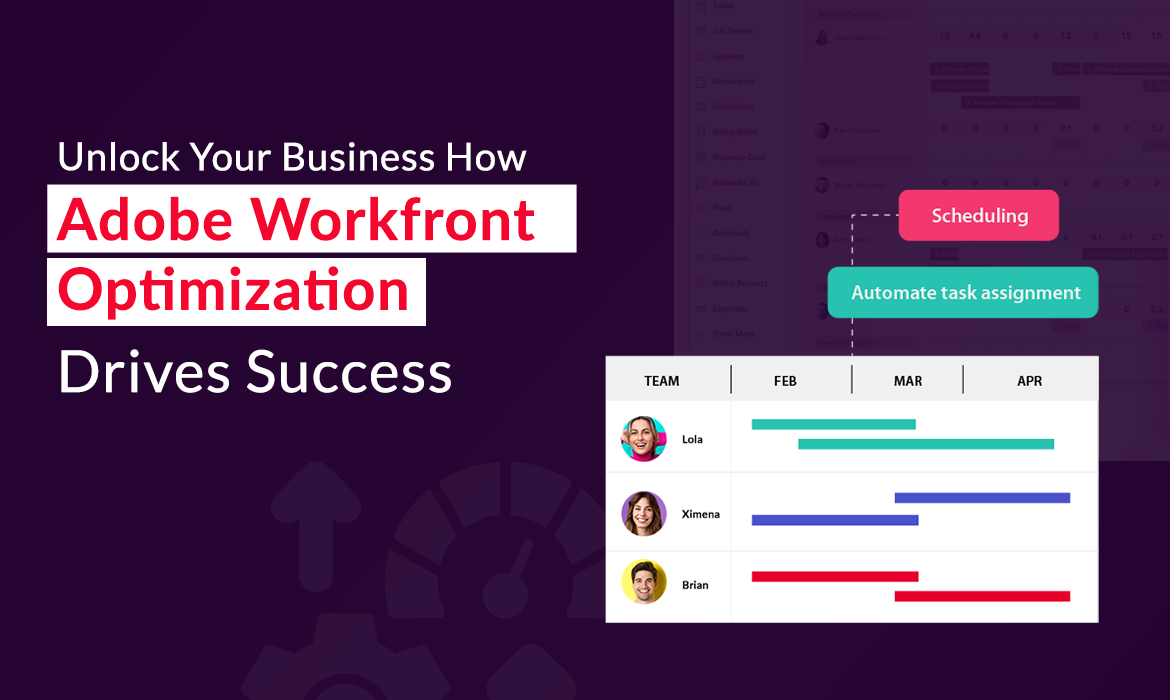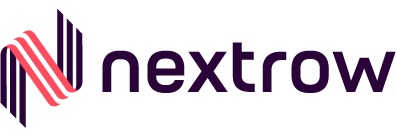
In today’s fast-paced business environment, efficiency and collaboration are no longer luxuries – they’re necessities. Teams are juggling more projects, deadlines are tighter, and the demand for seamless workflows is higher than ever. This is where Adobe Workfront steps in as a powerful work management platform. But simply implementing Workfront isn’t enough. To truly unlock its potential and drive significant business impact, Workfront optimization is key.
Think of Workfront as a high-performance engine. While it’s capable on its own, fine-tuning and optimizing its settings and processes will unleash its true power, propelling your business towards greater success.
So, how exactly does optimizing Adobe Workfront help businesses? Let’s break it down:
1. Enhanced Efficiency and Productivity:
- Streamlined Workflows: Optimization involves mapping out your existing processes within Workfront and identifying bottlenecks. By configuring workflows that automate repetitive tasks, standardize processes, and ensure the right information reaches the right people at the right time, you eliminate manual overhead and reduce wasted effort.
- Improved Resource Management: Optimizing resource allocation within Workfront allows you to gain a clear view of team capacity and availability. This enables you to assign tasks effectively, prevent overbooking, and ensure resources are utilized optimally, leading to increased productivity without burning out your team.
- Reduced Cycle Times: By automating approvals, streamlining communication, and providing clear visibility into project progress, Workfront optimization helps shorten project lifecycles. This means projects get completed faster, allowing you to bring products and services to market quicker and respond to market demands more agilely.
2. Improved Collaboration and Communication:
- Centralized Communication: Optimization ensures that all project-related communication happens within Workfront, eliminating scattered emails and lost information. This fosters transparency, reduces confusion, and ensures everyone is on the same page.
- Enhanced Visibility: Optimized dashboards and reporting provide real-time insights into project status, potential roadblocks, and team performance. This visibility empowers stakeholders to make informed decisions and proactively address issues, fostering better collaboration and accountability.
- Seamless Integration: Workfront’s ability to integrate with other key business applications (like CRM, marketing automation, and creative tools) is amplified through optimization. This ensures a smooth flow of information between systems, eliminating data silos and improving collaboration across departments.
3. Data-Driven Decision Making:
- Accurate Reporting and Analytics: Optimizing Workfront’s reporting capabilities allows you to track key performance indicators (KPIs) and gain valuable insights into project performance, resource utilization, and overall efficiency. This data empowers you to identify areas for improvement, measure the impact of changes, and make data-driven decisions that lead to better outcomes.
- Improved Forecasting: By analyzing historical data within Workfront, you can optimize your forecasting capabilities, allowing for more accurate project timelines, resource planning, and budget allocation. This reduces the risk of project delays and cost overruns.
4. Increased Accountability and Transparency:
- Clear Ownership and Responsibilities: Optimization involves clearly defining roles and responsibilities within Workfront, ensuring everyone knows who is accountable for what. This fosters a culture of ownership and reduces ambiguity.
- Trackable Progress and Performance: With optimized workflows and reporting, progress is easily trackable, and individual and team performance can be monitored fairly. This promotes accountability and encourages continuous improvement.
5. Enhanced Customer Satisfaction:
- Faster Time-to-Market: As mentioned earlier, Workfront optimization helps reduce project cycle times, allowing you to deliver products and services to customers faster.
- Improved Quality: Streamlined workflows and clear communication contribute to higher quality work and fewer errors.
- Better Project Delivery: Optimized project management processes ensure projects are delivered on time and within budget, leading to increased customer satisfaction.

In conclusion, optimizing Adobe Workfront is not just about using the software; it’s about strategically configuring it to align with your unique business needs and goals. By focusing on streamlining workflows, improving collaboration, leveraging data, and fostering accountability, businesses can unlock the full potential of Workfront and achieve significant improvements in efficiency, productivity, and ultimately, their bottom line. Investing in Workfront optimization is an investment in the future success of your organization.

